7 Shocking Ways Weather Impacts Exterior Paint and How to Prevent Damage
Your home’s exterior paint does more than just enhance its curb appeal—it serves as a critical barrier against the elements. However, various weather conditions can significantly impact the longevity and appearance of your paint job. From the relentless rays of the sun to the damaging effects of moisture and temperature fluctuations, understanding how these factors affect your paint is crucial for maintaining its durability and aesthetic appeal. In this blog, we’ll explore how different weather conditions influence exterior paint and share practical tips to help you safeguard your investment and keep your home looking its best year-round.
Temperature Fluctuations
Rapid changes between hot and cold temperatures can significantly influence how weather impacts exterior paint. As temperatures rise and fall, paint expands and contracts, leading to issues like cracking and peeling. This constant temperature fluctuation stresses the paint film, weakening its adherence to the surface. To combat these effects and protect your investment, opt for high-quality paint designed to withstand temperature changes. Proper surface preparation and application, along with regular maintenance, will help maintain the paint’s durability and appearance despite the challenges posed by temperature fluctuations.
UV Radiation
Prolonged exposure to the sun’s UV rays is a way weather impacts exterior paint. UV radiation causes paint to fade, lose its vibrancy, and break down at a molecular level, leading to issues like chalking. To combat these effects and preserve your home’s appearance, use UV-resistant paints designed to withstand sun exposure. Regular maintenance and timely repaints are also crucial to protect your exterior paint from the damaging impact of UV radiation.
Moisture and Humidity
The way weather impacts exterior paint can be especially pronounced with high moisture and humidity. These conditions can lead to significant paint problems such as bubbling and peeling, primarily if the paint is applied without adequate surface preparation. Addressing the moisture and humidity effects on your exterior paint involves ensuring surfaces are completely dry before application. Opting for moisture-resistant paint can also help shield against the adverse impact of damp weather, ensuring a more durable and longer-lasting finish.
Wind and Debris
Strong winds can significantly influence how weather impacts exterior paint by carrying debris that chips away at the surface. This seemingly minor damage can lead to more extensive issues if not promptly addressed. To mitigate the impact of wind and debris on exterior paint, consider applying a protective topcoat or using paint designed to withstand physical abrasion. Regular inspections and touch-ups can help manage any damage caused by wind-blown debris, preserving the integrity and appearance of your paint job.
Freeze-Thaw Cycles
In colder climates, the freeze-thaw cycle can lead to severe paint damage when water seeps into cracks, freezes, and expands. This can cause the paint to crack and peel, compromising both its appearance and protection. To counteract these effects, make sure surfaces are well-sealed and use paint designed to handle temperature fluctuations. Addressing these precautions helps mitigate the freeze-thaw cycle’s effect on your paint, illustrating how different weather impacts exterior paint.
Salt and Coastal Conditions
In coastal areas, salt in the air can accelerate the corrosion of painted surfaces, especially on metal, leading to faster degradation. To mitigate these effects, use paints and coatings specifically formulated for coastal conditions and perform regular maintenance. By doing so, you can better protect your surfaces and understand how salt and coastal weather conditions contribute to the overall weather impacts exterior paint.
Acid Rain and Pollution
Pollution and acid rain, common in urban areas, can erode paint, causing it to wear away more quickly and lose its protective qualities. To safeguard your exterior surfaces from these harsh elements, consider using high-quality, weather-resistant paint specifically designed to withstand pollution and acid rain. Regular maintenance and timely touch-ups can also help maintain the paint’s integrity. These precautions are crucial in minimizing the negative effects of pollution and acid rain, demonstrating how these specific weather impacts exterior paint.
Choose the Right Paint
Selecting the right paint is crucial to protecting your exterior surfaces from the elements. Opt for high-quality, weather-resistant paint specifically designed for outdoor use. Look for options that offer UV protection and moisture resistance, as these features will help your paint withstand the various ways weather impacts exterior paint. Choosing the right paint can make a significant difference in the longevity and durability of your exterior finishes.
Proper Surface Preparation
Proper surface preparation is key to ensuring your exterior paint job lasts. Before painting, thoroughly clean and repair surfaces to achieve a smooth, even application. Addressing cracks, holes, and moisture issues will help prevent future damage, enhancing how well your exterior paint withstands the elements. This step is essential in minimizing how weather impacts exterior paint over time.
Apply Primer and Multiple Coats
Using a primer is crucial for helping the paint adhere better and protecting the surface. Applying multiple coats of paint not only adds durability but also provides stronger protection against the elements. By layering your paint job, you create a more resilient barrier against the various ways weather impacts exterior paint
Regular Maintenance
Regularly inspecting your exterior paint for signs of wear, such as cracking or peeling, is essential for maintaining its appearance and protection. Touching up these areas promptly prevents minor issues from evolving into major problems. For more insights on enhancing the longevity of your paint job and ensuring it resists the various ways weather impacts exterior paint, check out our blog, “Paint Durability Mastery: 5 Proven Strategies for Maximizing Exterior Paint Lifespan.”
Timing Your Paint Job
Painting at the ideal temperature is crucial for achieving optimal results and ensuring the longevity of your paint job. If you paint when it’s too cold, the paint may not dry properly, leading to poor adhesion and diminished durability. On the other hand, painting in excessively hot conditions can cause the paint to dry too quickly, resulting in an uneven finish and poor bonding to the surface. Both extremes can compromise the paint’s effectiveness and lead to premature failure.
For more detailed information on how temperature affects painting, refer to Benjamin Moore’s blog, “Optimal Temperature to Paint Outside and Inside.” By painting during mild, stable weather conditions, you ensure that the paint cures properly and adheres well, which enhances how well your exterior paint withstands the impacts of weather.
Understanding how weather impacts exterior paint is key to maintaining the beauty and durability of your home. Temperature fluctuations, UV radiation, moisture, wind, and coastal conditions all play a role in how well your paint performs over time. By choosing high-quality, weather-resistant paints, ensuring proper surface preparation, and painting under ideal conditions, you can enhance the longevity of your exterior paint and protect your investment. Regular maintenance and timely touch-ups will also help address any wear and tear, keeping your home looking its best despite the challenges posed by the elements.
Call a Professional
Ready to protect your home from the elements? Contact us today to schedule a consultation and ensure your exterior paint is applied and maintained to withstand how weather impacts exterior paint. Let us help you achieve a durable and beautiful finish that lasts.
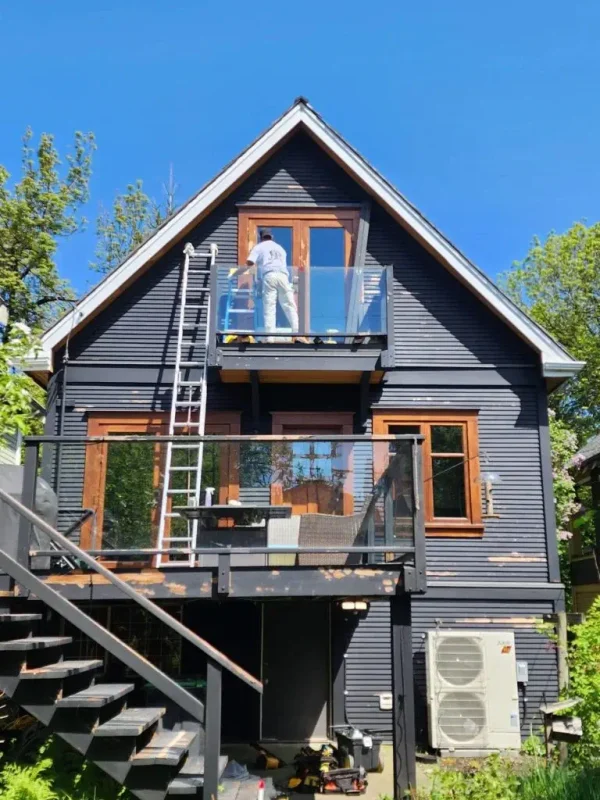
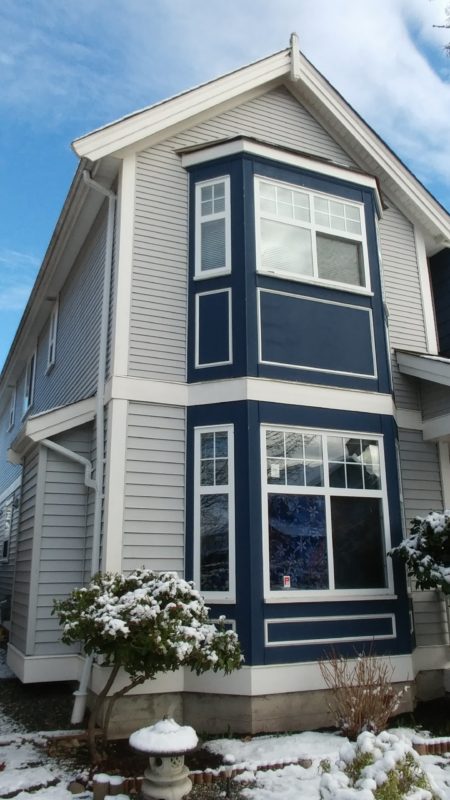

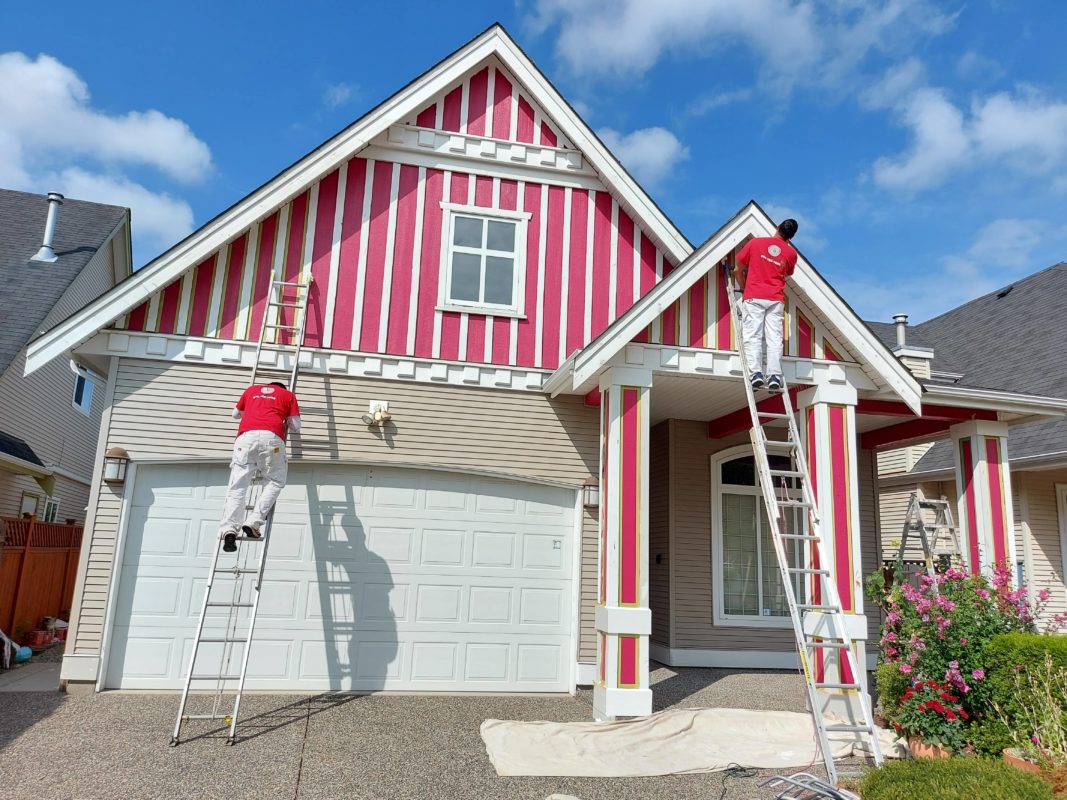
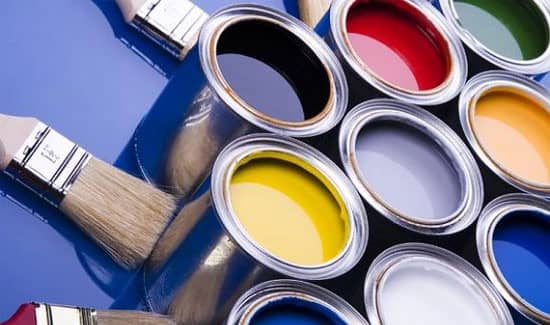
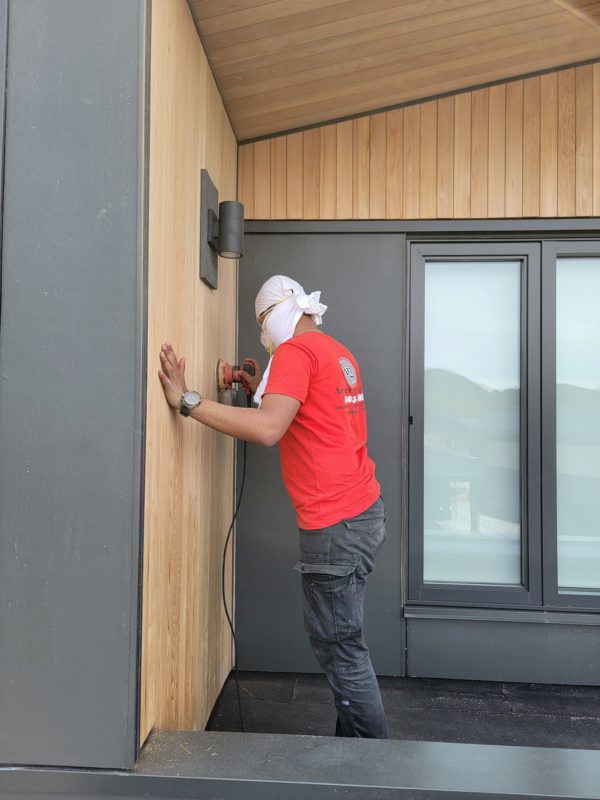
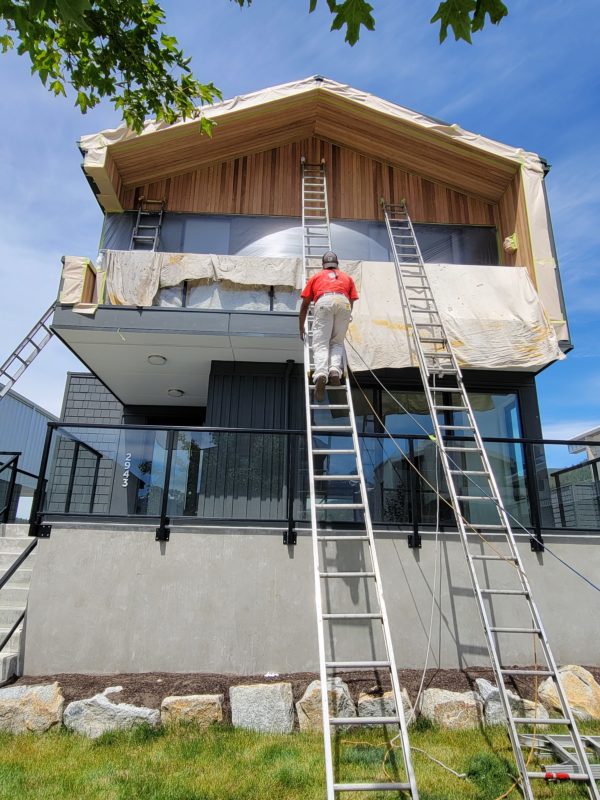



What are the long-term effects of neglecting proper exterior paint maintenance on a home’s structural integrity and overall property value?
Neglecting proper exterior paint maintenance can lead to moisture damage, wood rot, and mold, compromising structural integrity over time. It also accelerates material deterioration and reduces energy efficiency, ultimately lowering your home’s property value.